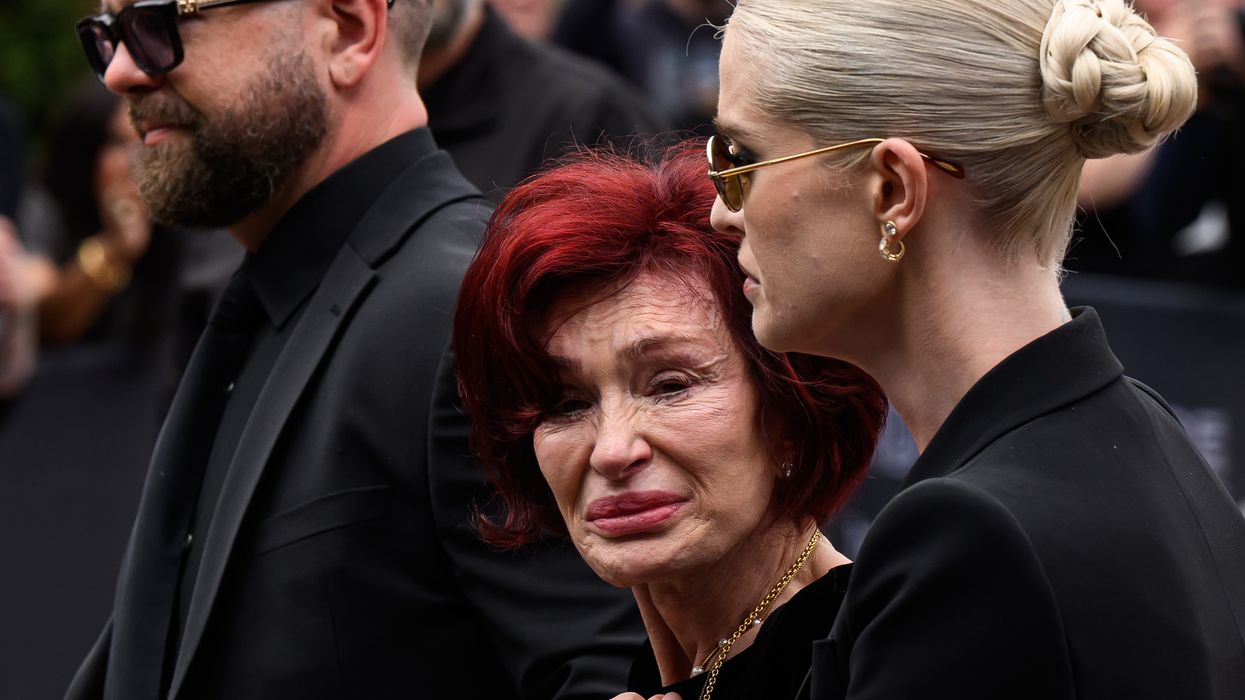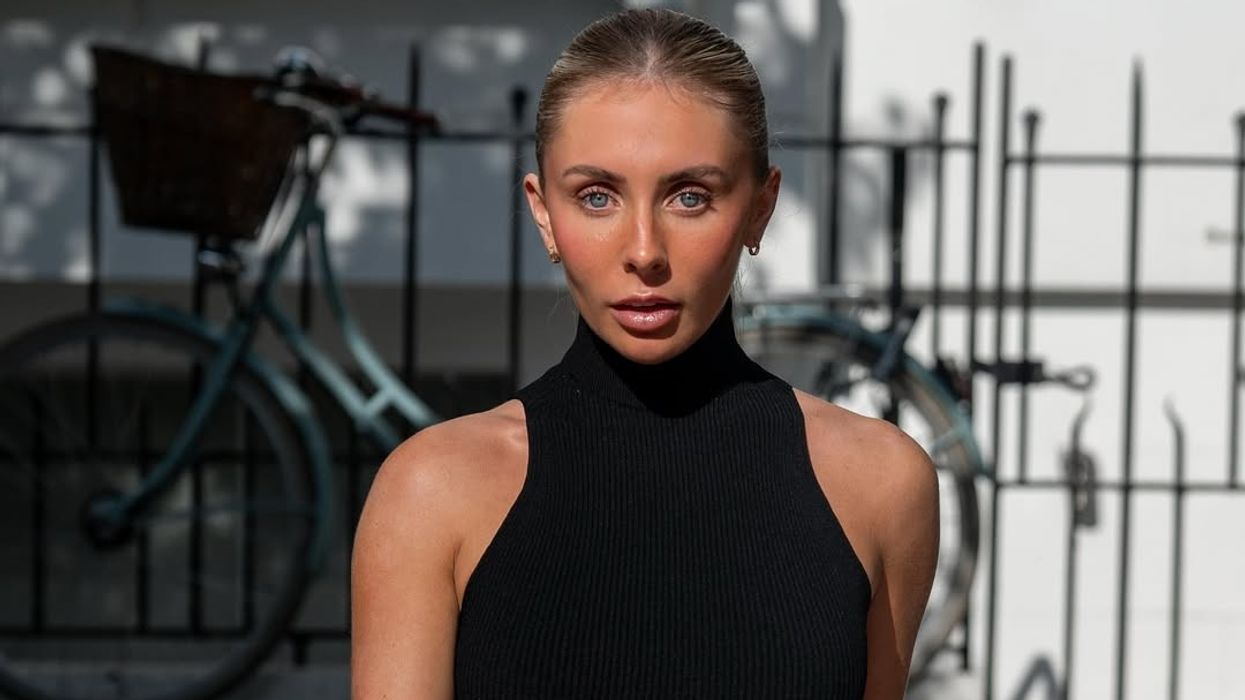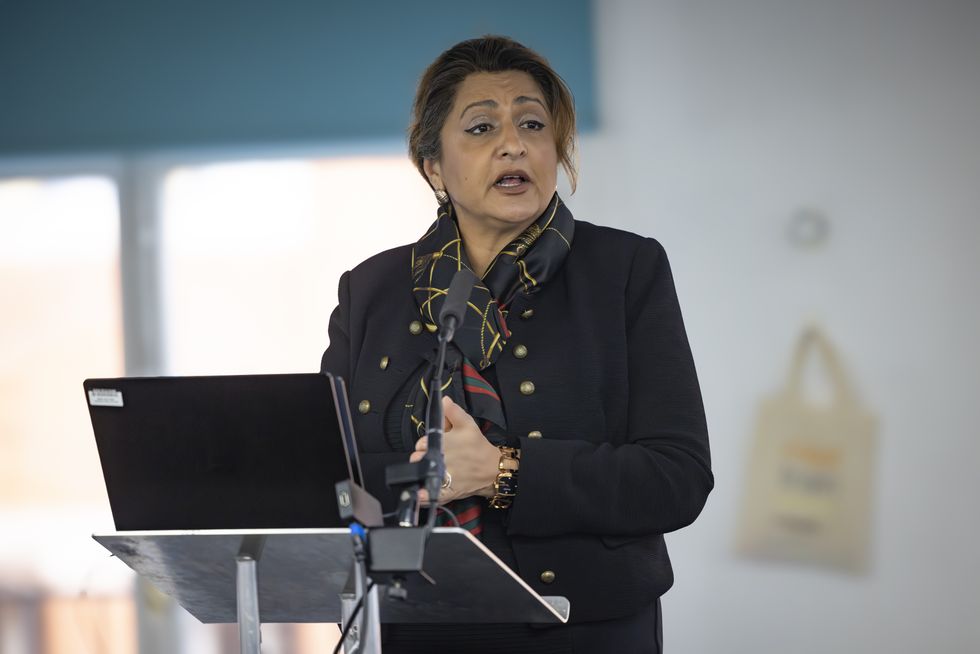by LAUREN CODLING
AN ASIAN illustrator has maintained that ethnic minority representation “should be the norm” in children’s literature, following the release of his first picture book.
Rikin Parekh is the writer and illustrator of Fly Tiger Fly. The story centralises on Riku, who is determined to be the world’s first ever flying tiger.
Describing his experience of the publishing world, Parekh is aware that representation in children’s literature is “deeply important” and that progress is yet to be made in the field.
A 2018 study showed only four per cent of children’s books published in the previous 12 months featured BAME characters, statistics which are similar to every year prior to that.
Growing up, Parekh admitted he did not feel negatively affected by the lack of diverse representation in the stories he read as a child – but that he now has a very different view. "To be honest, I never really saw the aspect of colour,” he told Eastern Eye. “All I ever saw were the drawings and these to me were just amazing, and this was when I was a child.
“However, being where I am right now, I do see that it is deeply important to have BAME characters and it is, by far, a thing that should be the norm.”
Art and illustration have always been a passion of Parekh’s – he studied art at the Camberwell College of Arts and the University of Westminster and has previously worked as a film production illustrator.
He also illustrated children’s books previously – his artwork featured in James Bishop’s Iguana Boy series. The artist is keen to continue his illustration career and has a number of plans for the future. He already has several upcoming books featuring his illustrations, including Fearless Fairytales by Konnie Huq and James Kay, and The Worst Class in the World by Jo Nadin.
However, Fly Tiger Fly marks the first time that Parekh has written and illustrated his own book. Although he described the experience as “fun,” he admitted that he had to be his own “harshest critic”. Despite this, he felt confident about the story and its protagonist.
“I knew that I had something really exciting with Riku and it was such a wonderful feeling knowing that I had an amazing team all wanting me to make this a super picture book,” he said.
Admitting that he and Riku share several different traits, including determination and positivity, they also share something else – similar names. “The name Riku is actually what my parents call me,” he revealed.
The release of the picture book means a lot to Parekh, who had had the idea of Riku for a number of years before it came to life. The push to pursue his dreams came after being made redundant from book retailer Borders more than a decade ago. “I held in my mind when I became redundant and it actually became a reality,” he said. “This proves to me how important it is to never give up and to remember that what we think, we do really become.”
As well as his illustrating career, Parekh, who is based in London, also works part time as a teaching assistant in primary schools. Working with children on a regular basis means that he sees first-hand how they react to different activities.
Nowadays, children frequently engage with technology – and Parekh said he is “sadly” aware that young people tend to reach out for iPads rather than books.
The author hopes that children find a balance between reading in the traditional format and using technology as a resource for learning. “I think it is important for children to understand that there is something inherently magical about holding a printed and bound book – the smell of a freshly printed book, a cover that oozes adventures, romance or comedy, juxtaposed with the flat, cold screen of a tablet,” he said.
Fly Tiger Fly, written and illustrated by Rikin Parekh and published by Hodder Children’s Books, is available now
















 Jaswant Narwal
Jaswant Narwal 
